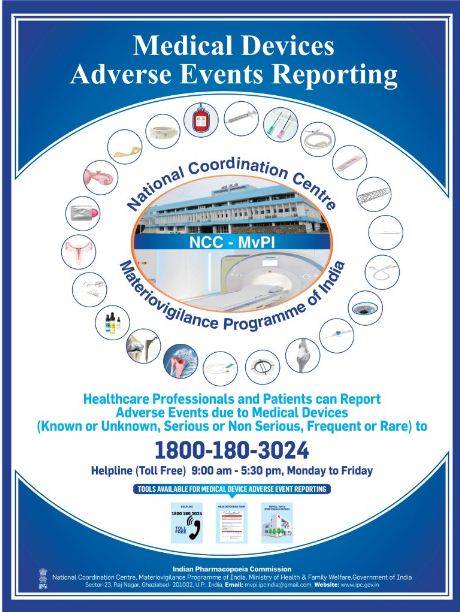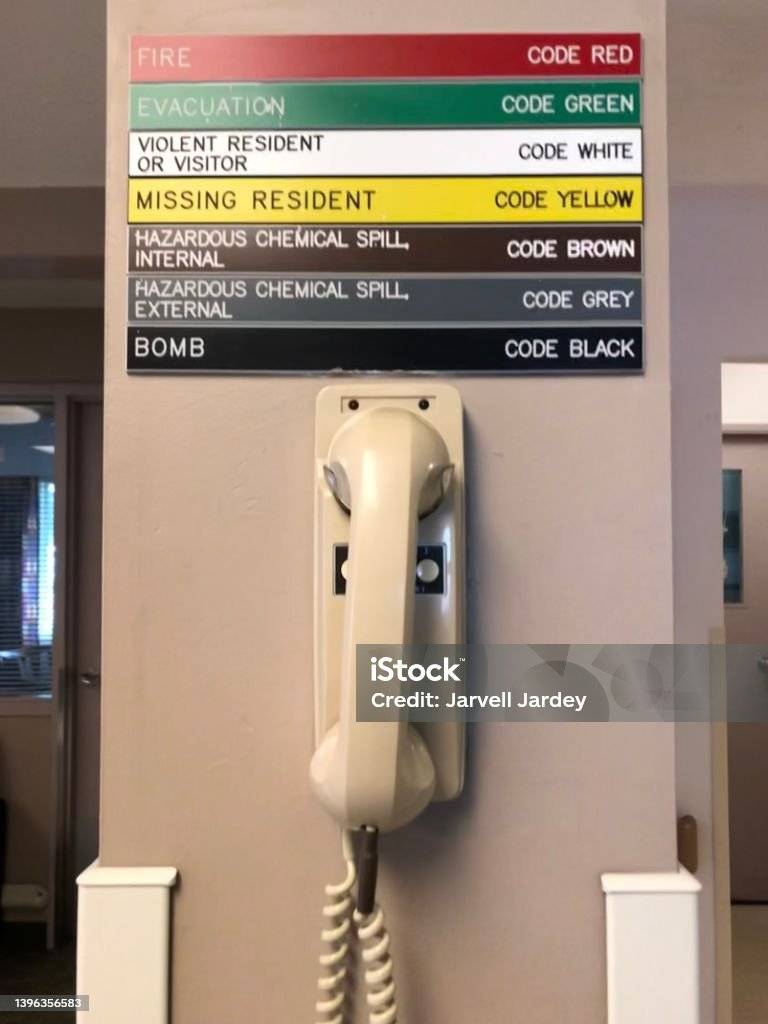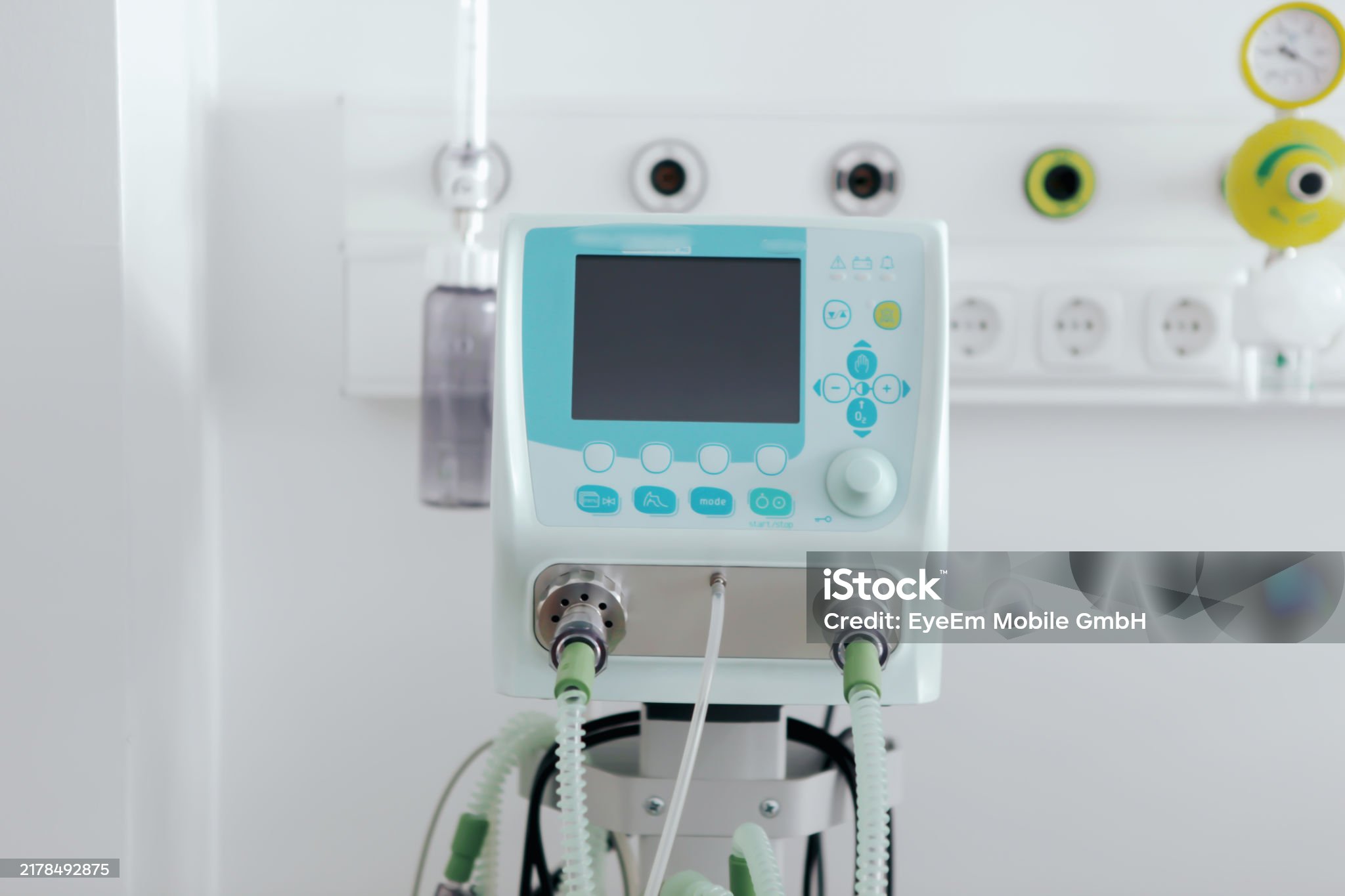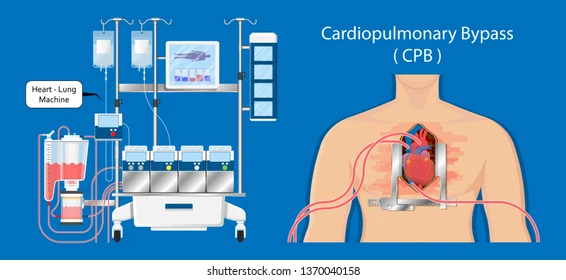Why ABG Testing Is Critical in Mechanical Ventilation
Mechanical ventilation is a lifesaving intervention for patients in respiratory failure. However, managing ventilated patients safely relies heavily on arterial blood gas (ABG) ventilation analysis. An ABG provides critical, real‑time data on oxygenation (PaO₂), ventilation (PaCO₂), acid–base balance (pH, HCO₃⁻), and more—enabling precise adjustments to ventilator settings and improving patient outcomes
In short, the importance of ABG ventilation lies in its ability to guide clinicians in assessing gas exchange, diagnosing acid–base disturbances, and optimizing ventilator support tailored to the patient’s needs.
1. Assessing Oxygenation: PaO₂ & FiO₂ Management
The PaO₂/FiO₂ ratio derived from ABG helps evaluate oxygenation efficiency and detect conditions like hypoxemia or V/Q mismatch. This is essential for titrating FiO₂ and PEEP to maintain adequate oxygen while minimizing oxygen toxicity and lung injury
2. Monitoring Ventilation: PaCO₂ & pH
One of the primary goals of ABG in mechanical ventilation is monitoring PaCO₂ and pH to evaluate ventilation effectiveness. Elevated PaCO₂ (>45 mmHg) indicates hypoventilation leading to respiratory acidosis (pH <7.35), while low PaCO₂ causes respiratory alkalosis
These insights help clinicians adjust minute ventilation—either by increasing rate or tidal volume—to maintain appropriate CO₂ clearance and acid–base homeostasis.
3. Acid‑Base Balance: Diagnosing Complex Disorders
ABG results (pH, PaCO₂, HCO₃⁻) allow discrimination between respiratory vs metabolic causes of acidosis or alkalosis using established interpretation frameworks. ABG interpretation is especially important in ventilated, critically ill patients to identify compensation and mixed disorders accurately
4. Guiding Ventilator Adjustments
Using ABG to optimize mechanical ventilation enables informed changes to ventilator settings based on physiologic data. For example, persistent hypercapnia suggests increasing minute ventilation, while refractory hypoxemia may require higher PEEP or FiO₂ changes—always guided by ABG results 15–30 minutes after adjustments
5. Detecting Respiratory Failure & Monitoring Recovery
ABG testing helps confirm and classify respiratory failure—type I (oxygenation failure) vs type II (hypercapnic failure) based on ABG thresholds (PaO₂ < 80 mmHg, PaCO₂ > 45 mmHg) Trends in ABG values allow clinicians to track patient response over time, assess readiness for weaning, or detect deterioration early.
6. Frequency & Sampling Considerations
-
Initial ABG is required when setting up mechanical ventilation for baseline values.
-
Serial ABGs are needed after ventilator changes to ensure patient response and guide further titration.
-
If frequent ABGs are anticipated, using an arterial line allows continuous monitoring and minimizes repeated punctures
-
Proper sample handling is critical: remove air bubbles, analyze within 10–15 min or chill sample to avoid inaccurate CO₂ and O₂ values
Example ABG‑Guided Ventilator Adjustment Scenarios
| ABG Finding | Interpretation | Ventilator Adjustment |
|---|---|---|
| pH <7.30, PaCO₂ >55 | Acute respiratory acidosis | Increase RR or tidal volume |
| PaO₂ <60 on current FiO₂ | Severe hypoxemia | Increase PEEP or FiO₂; assess V/Q mismatch |
| High HCO₃⁻, near-normal pH | Chronic respiratory acidosis compensation | Evaluate for underlying chronic lung disease |
| SpO₂ high, PaO₂ high | Risk of oxygen toxicity | Decrease FiO₂ gradually |
Key Reasons ABG Testing Matters in Ventilation
-
Precision: Non‑invasive measures (e.g. pulse oximetry) lack detailed acid–base and ventilation data; ABG is the gold standard for arterial CO₂ and pH assessment Timeliness: Rapid analyzers at point-of-care mean ABGs can guide immediate ventilator management without delay
-
Versatility: ABGs detect evolving mixed acid–base disturbances, respiratory failure progression or compensation trends—essential in multi-system critical illness.
-
Decision-making: ABG results inform critical adjustments—whether to escalate support, begin weaning, or troubleshoot ventilatory issues.
Tips for Effective Use of ABG in Ventilation
-
Always correlate ABG findings with clinical status, ventilator waveforms, and patient examination.
-
Interpret pH, PaCO₂, PaO₂, and HCO₃⁻ together using a structured method (e.g. the six-step ATS suggested by the American Thoracic Society)
-
Use trending ABG results (e.g. serial measurements) rather than isolated values to guide weaning and assess stability.
-
Address ABG abnormalities promptly—don’t wait—ensure adjustments are based on physiology, not just numbers.
-
Avoid over-reliance on ABG if non-invasive methods suffice after stability is achieved, but early ABG data are still essential.
Conclusion
Arterial blood gas analysis remains the cornerstone for safe and effective mechanical ventilation. The importance of ABG ventilation cannot be overstated: it allows accurate assessment of oxygenation, ventilation, and acid–base status; guides critical adjustments to ventilator settings; and supports diagnostics in respiratory failure. Structured ABG interpretation enables precise care tailored to each patient’s unique physiology, helping reduce complications and improve outcomes.
Read this:https://thehealthwale.com/













Leave a Reply